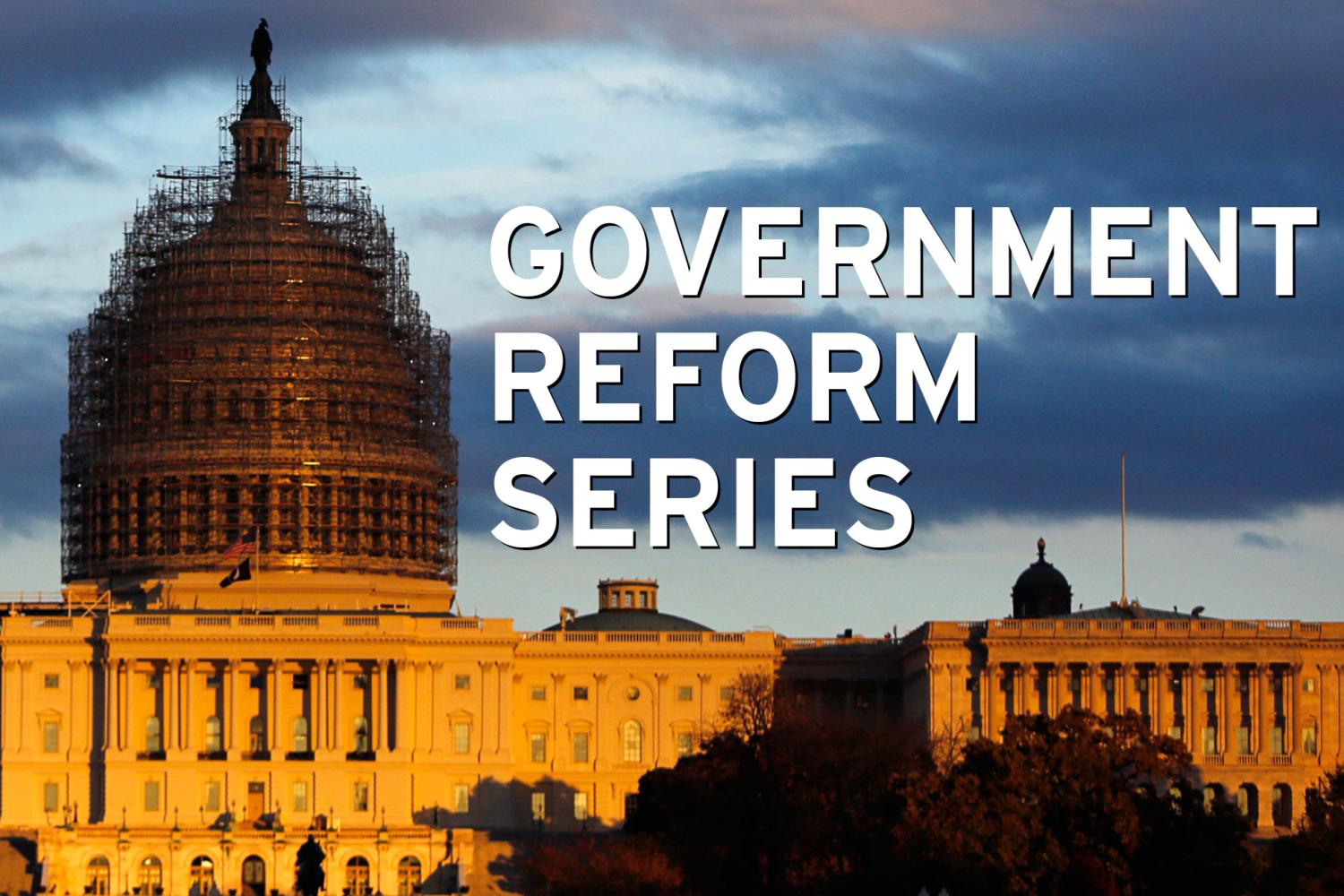President Obama’s 2016 budget calls for an emphasis on evidence-based approaches at all levels of government. This should be a non-partisan no-brainer. Who, after all, can be against rigorous scientific testing of social programs in order to evaluate their effectiveness and efficiency? Well, in fact, lots of people can.
The President’s evidence-based agenda is broad and ambitious. It seeks to build capacity in high-priority areas like child care, disability, job training and service to veterans. In addition it calls for improved access to administration data; in particular making data “legally and practically available for policy development, program evaluation, performance measurement and accountability and transparency efforts.”
At the heart of evidence-based policy making is the hope that impartial evidence will enable lawmakers to transcend the bitter and divisive ideological battles Washington has experienced in recent years. Unfortunately however, impartial evidence is probably less of a cure all for polarization than people think. For conservatives, any evidence that a program is unsuccessful (or not as successful as assumed) becomes the basis of an attack. And for liberals, evidence of failure induces a common psychological trait called cognitive dissonance. Basically, people don’t like to be confronted with information that challenges their long and strongly held beliefs and so they work hard to explain why the data—not the belief—is wrong. To this end, liberals are resistant to believe that programs they have long championed actually do not advance their goals.
In recent years we have had two large-scale, scientifically rigorous reviews of policy. The Head Start Impact Study was authorized by Congress in 1998. Its purpose was to follow two groups of demographically similar children over a period of five years. One group was randomly assigned to participate in the Head Start program and the other was not. The children were periodically evaluated to determine how those who participated in Head Start differed from those who did not. The findings, delayed time and again, sent shock waves through the liberal community that had put the program up on a pedestal since its founding during the 1960s’ War on Poverty. Most devastating was the following: “… there was little evidence of systematic differences in children’s elementary school experiences through 3rd grade, between children provided access to Head Start and their counterparts in the control group.”
Not surprisingly, conservatives jumped on the findings. Scholars at the Heritage Foundation spoke about the “devastating results” of the Head Start evaluation. Predictably Fox News trumpeted “Head Start’s Sad (and costly) Secret.” And in the 2012 campaign for President, Governor Romney repeatedly asserted that Head Start was a failure.
In contrast, the Obama Administration, to its credit, did not panic. Instead, they put in place a plan to evaluate all the Head Start programs over a three year period and to shut down or improve the failing programs.
Facing up to the results of the evaluation was a bold move on the part of the Administration. But a Romney Administration would have done very different things with these data. And the study has put a bull’s-eye on the program that wasn’t there before.
The second large scale, scientifically rigorous, review of policy began in 1994. The Moving to Opportunity program at the Department of Housing and Urban Development was based on the premise that moving poor families out of poor neighborhoods would help them improve their socio-economic status. As in the Head Start study, the HUD study randomly assigned some poor families to be moved to better neighborhoods and left others where they were. The families were followed for ten to fifteen years. Contrary to expectations “MTO had little to no effect on economic self-sufficiency.” There were no differences in income, educational or employment outcomes between the two groups.
The MTO program did, however, yield some surprising results. The people who were moved had much better health outcomes than those in the control group—especially in rates of diabetes, obesity, and mental health including depression. Nonetheless, the study effectively put to bed the notion that moving into better neighborhoods alone was a cure for poverty. Conservatives have cited the study in order to oppose similar programs such as HUD’s “Affirmatively Furthering Fair Housing” regulation. And liberals have argued that it was naïve to think that just a change in location would have an impact on poor families when the program did not include services to help the families that moved.
What these two examples teach us is that evidence alone has a hard time trumping basic politics. Ideological divisions have a way of trumping mere numbers. But the Obama budget provisions are an important way forward. The use of evidence in policy making is an uphill battle—but one that needs to be waged.
The Brookings Institution is committed to quality, independence, and impact.
We are supported by a diverse array of funders. In line with our values and policies, each Brookings publication represents the sole views of its author(s).





Commentary
Obama’s Budget Lays Out an Ambitious Evidence-Based Policy Agenda
February 5, 2015